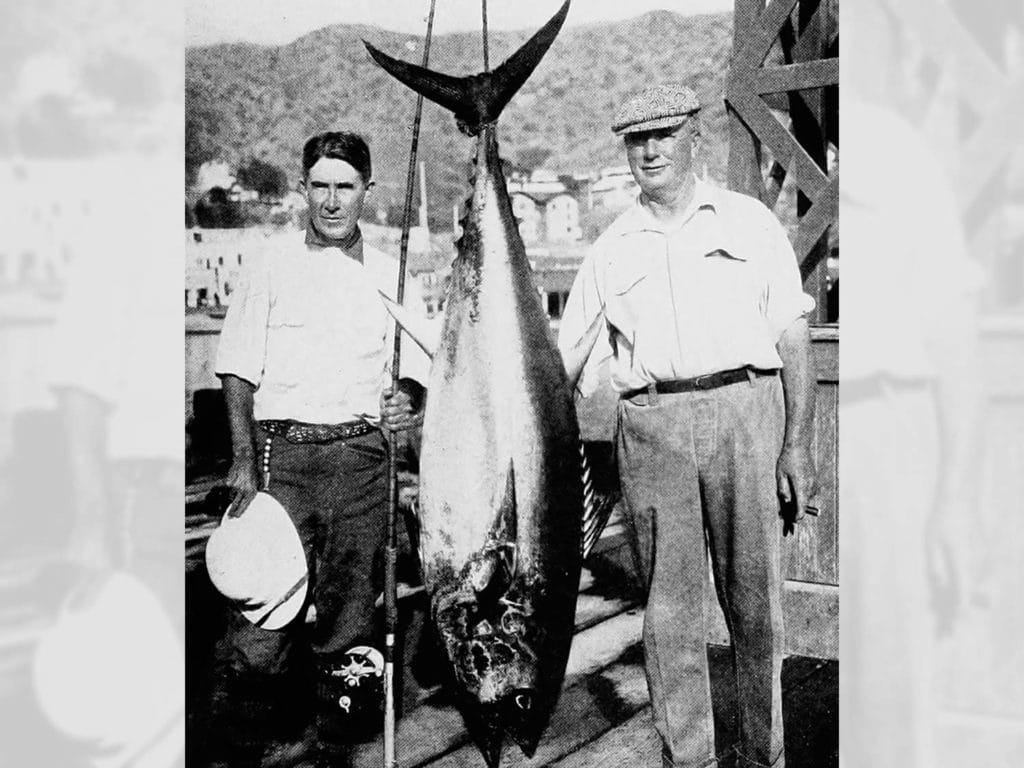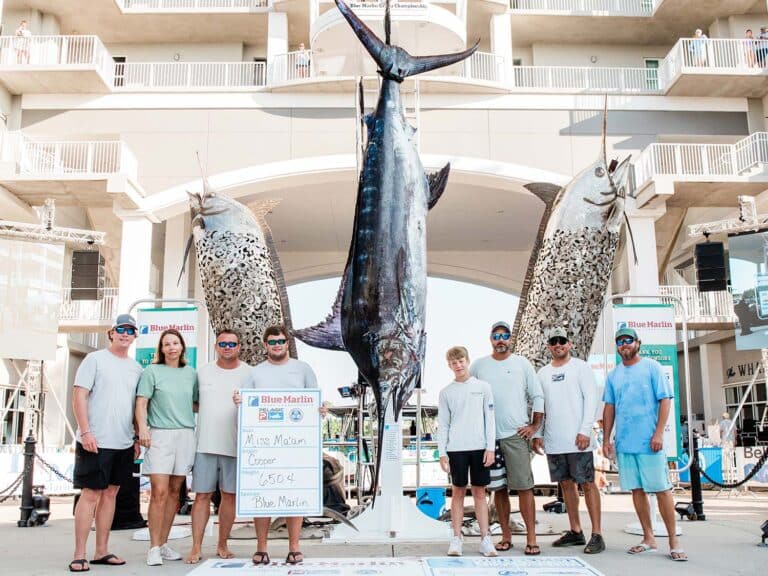
Special delivery: Sign up for the free Marlin email newsletter. Subscribe to Marlin magazine and get a year of highly collectible, keepsake editions – plus access to the digital edition and archives.
The first book I read again and again as a kid was called Dictionary of Fishes by Rube Allyn. It had both freshwater and saltwater fish in it, with full descriptions of the many different species. When I was 20, my favorite book was Billfish by Charles Mathers. It had information on how to catch all the billfish of the world, as well as where to catch them and the best time of year, and it had lots of photos too. I was hooked.
Then one day I walked into the IGFA headquarters when it was located on A1A near Bahia Mar in South Florida. I was fascinated by the tackle that was in IGFA president EK Harry’s office at the time: rods and reels from famous anglers such as Ernest Hemingway, Alfred Glassell Jr., Zane Grey, Michael Lerner and more. Then there were the beat-up tarpon and snook lures hanging around. My head was spinning as I kept looking around. There were old books, linen line on drying spools sitting on the file cabinets, and lots of old photos on the walls.
I was still a young rookie, but I was fishing every weekend and had been all summer, so I had a pretty good understanding of what I was looking at. I just didn’t recognize all the old names of the sport back then.
These days I hear stories from my local historians, such as Gary Stuve, Bark Garnsey, Jack Morrow and Roy Merritt, and I listen to every word. They talk about the old Chris-Crafts fishing the tuna tournaments in the 1950s and ’60s. There were Ryboviches, Merritts and Whiticars fishing back then too, along with boats you don’t hear much of these days, such as Matthews, Norseman and Cubavich, among others. Morrow has a collection of historic photos that I hope the IGFA can acquire someday. We just need him to add names to some of the many people in them.
Read Next: Capt. Skip Smith chimes in on why we feel the need to release so many fish here.
I have collected a few old books over the years and have enjoyed reading them all—some multiple times—by authors such as Grey, Hemingway, and Tommy Gifford, just to mention a few famous names. In some of the old stories, the angler fights a marlin from a dead boat and instructs the captain to back toward the fish slowly. When the angler gains some of his line back, he tells the captain to stop again—that’s a technique that would not work too well these days. The author makes you feel like you are in the boat with them. In one of the other books, they are using linen line and backing the boat around lobster traps while chasing a giant bluefin. Great reading!
Capt. Ronnie Hamlin wrote a fictional book in the late 1970s, and I enjoyed it so much, it led me to write my own book many decades later. Since then, Capts. Bouncer Smith and Billy Harrison have written a few too. Capt. Kenton Geer wrote one about commercial tuna fishing (with a few marlin stories) in Hawaii that is also a good read. So many captains have so many great fish stories, from Australia to Hawaii to the US East and Gulf coasts—I hope in the near future that some of these great storytellers can sit down and share their adventures someday.
If any of this is of interest to you, when you come to Fort Lauderdale, you should save a day to visit the IGFA library and dive into the history of our sport. You’ll need to make an appointment, but you will not be disappointed.







